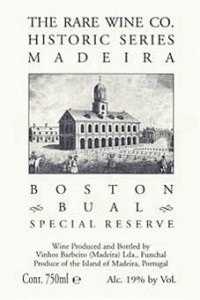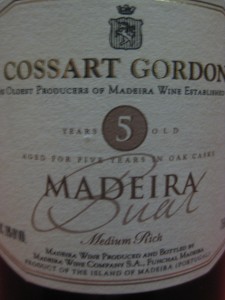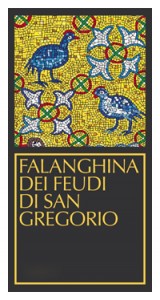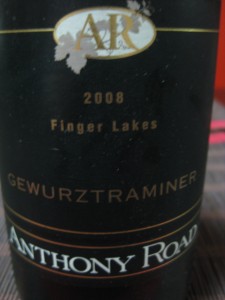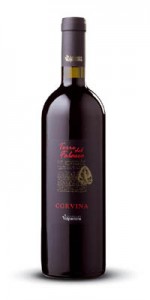 Bartender Enthusiasm
Bartender Enthusiasm
When a bartender gets excited about a wine, it’s time to listen. When a bartender starts giving tastes of his homeade limoncello and gushing about a new wine he just got in, it’s time to order that wine.
Best. Photo. Available.
Vermentino, the wine that the bartender loved, is an Italian wine. Typically. They also make some in the southeastern part of France next to Italy where they call it Rollé and really don’t export it much. Principally, that’s why the bartender was so excited – you don’t find this Vermentino every day! He’s correct – looking online, the vineyard has no website, there’s almost nobody who’s mentioned this wine and there are exactly zero photos of it. Apologies for the photo – it’s literally the best on the web.
Arc of History
Vermentino, despite its Italian ascendancy, has hovered around that Spanish-French-Italian arc of the Mediterranean for at least 700 years. Nobody’s quite sure where it originated on that arc but today it’s most firmly established in Liguria, Sardinia and Piedmont – the parts of Italy closest to France. Provence, Corsica and (increasingly) Languedoc-Roussillon – the parts of France closest to Italy are producing quite a bit of Rollé as well, and even the US in the 1990s started planting some due to its easy growing. While pretty unknown at present, if bartenders keep talking up this wine with such energetic aplomb, expect to be seeing much more of this grape on the menu in future years.
Taste
Lots of flavor – mostly apple, smells sweet but isn’t really – surprisingly, it’s tart with lots of acid.
Detail Up!
2009 L’Alycastre Vermentino by Domaine De La Courtade in Provence, France
Google Randoms:
* Vermentino has the best nickname, which Piedmont people use to describe it – “Favorita”
* Sounds like Australia’s hip to the Vermentino scene – they know it can grow in regions too hot for most whites.
* Mario Batali’s restaurant recommends this wine. Liked this place even before finding out about Batali’s Traverse City connection
.
